Check out top space news for the week of August 13-20, 2023, and stay up-to-date on everything that matters most in the universe of astronomy!
We have arrived at another summary of the astronomy news that was highlighted during the week. We’ve had a Black Moon, a meteor hit a house in the USA, a new and different map of the Milky Way, the end of a failed mission from the NASAand more.
Let’s go?
Black Moon on Friday
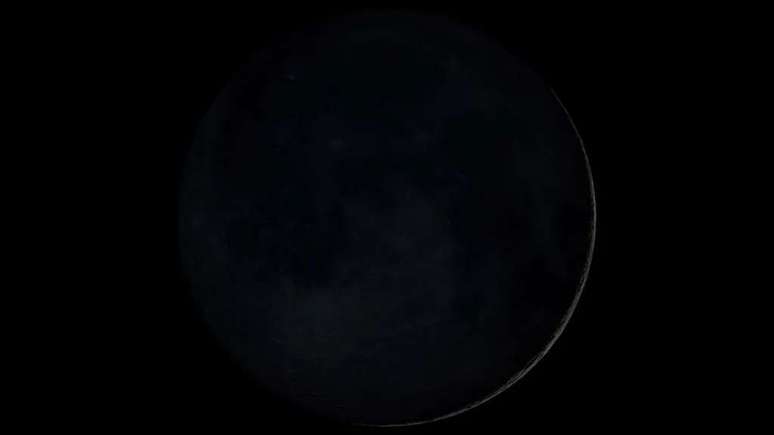
Friday (19), the phenomenon dubbed the Black Moon occurred. If you haven’t heard of it, don’t worry – there was nothing to pay attention to, as the Black Moon is nothing more than a New Moon that occurs on a few relatively rare occasions.
While these moons may occur once or twice a year, they may not even occur for an entire year, as is the case in 2021. But that depends on the concept, as a Black Moon can refer to the second New Moon in a single month or the third new moon in a season of four new moons.
Controversy over the shape of the Milky Way

Astronomers have been debating for several decades on the shape of the Milky Way, or rather, on how many main spiral arms it has and which ones they are. It is something difficult to discover, since we are inside the galaxy. It’s a bit like trying to map your city without leaving your neighborhood.
The model with four main spiral arms has prevailed in the scientific community lately, but a new study proposes that the The Milky Way has two spiral arms. The main difference is in the Norma arm, which is now a major one and much bigger than previously thought. On the other hand, Centaurus, once described as one of the largest, now appears to be just a small fork of Norma.
The ancient meteorite that hit a house
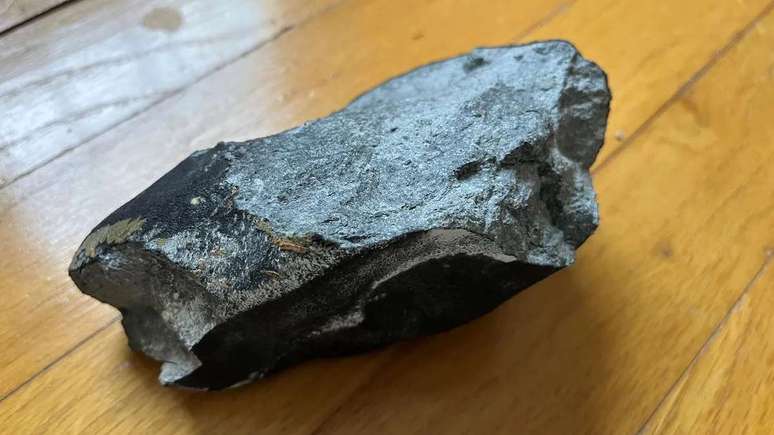
A rock hit a house in New Jersey, USA, and scientists found out it was a meteorite about 4.56 billion years old. The object’s nature was confirmed after a meteorite expert, who worked at the American Museum of Natural History, determined its age.
The analysis estimated that the rock is one of a class of chondrites with less iron than others found on Earth. The meteorite is “one of a very small number of infalling chondrites that are witnessed and known to science,” according to the director of the College of New Jersey’s physics department.
The risk of an asteroid hitting us in a thousand years
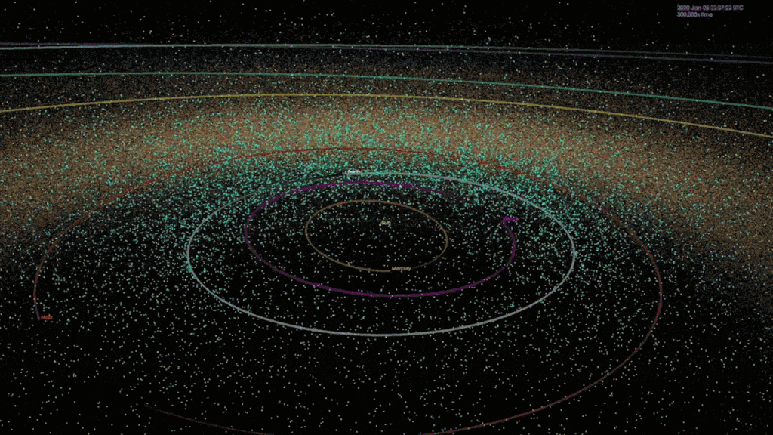
A study tried to find out the possibilities of a danger reach the Earth in the next thousand years, but the task proved to be quite difficult due to the orbital dynamics of the Solar System. For the next 100 years, scientists already know that there are no potentially threatening objects on a collision course, but then what?
The research found that orbits can change a lot if asteroids get a little more heat from the Sun or are more influenced by Jupiter. One of the objects analyzed, called 143651, was particularly complex, as its orbit is quite chaotic and its position in a few decades is uncertain.
Even so, the researchers concluded that there is no need to worry about the next thousand years, although it is essential to constantly monitor all these objects.
The supernova disappeared and reappeared 4 times
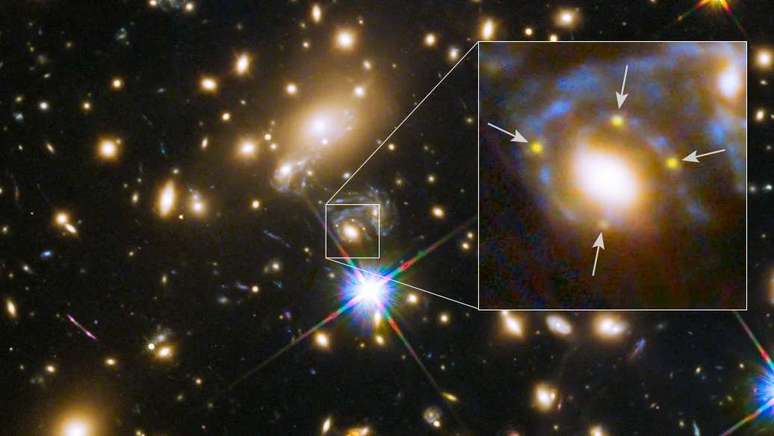
To separate the supernova appeared and disappeared several times over 17 years, thanks to the gravitational lens effect. The galaxy in which the supernova occurred is located behind a cluster of galaxies whose gravity has magnified and distorted the light from the background galaxy. The appearances of this supernova occurred in 1999, 2014, 2015 and 2016.
In addition to being a curious phenomenon, scientists are excited about the discovery because it could help solve a great mystery: the rate at which the universe is expanding. This is because the time of each apparition will help calculate the distance traveled by light from each of them, and the difference between these times will indicate how much the universe must have increased between one apparition and the next.
The end of the Lunar Flashlight mission
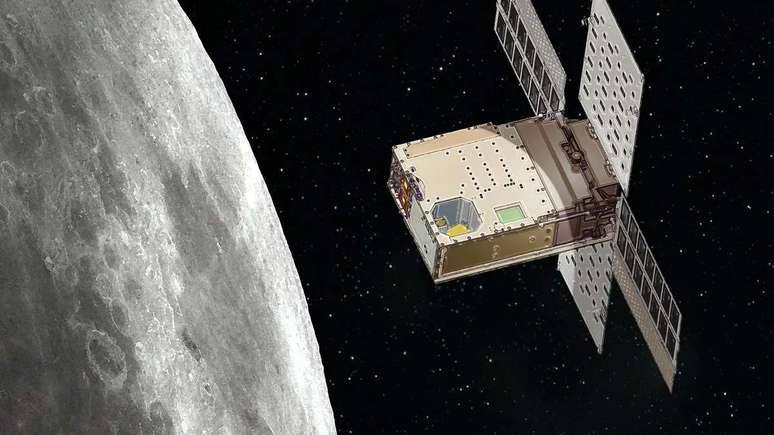
OR end of the Lunar Flashlight mission, launched in December, was announced after the spacecraft’s propulsion system failed while trying to generate thrust to carry it into lunar orbit. Its mission was to search for water ice in permanently shadowed craters at the south pole of the Moon.
Despite the “failure,” NASA said the satellite was successful “from the point of view of being a testbed for new systems that have never been in space before.” In addition, the spacecraft has made a close approach to Earth and will continue to orbit the Sun, pending a decision from the space agency about its future.
Radio blackout after solar flare
Wowza! An M9.6 class #Solar Flash just started on the southeast branch. Had it not been partially hidden, this would surely have been an X-class event. As the first images arrive, we already see a nice structure and hints of an eruption! #spacetime pic.twitter.com/Du00hXPcsn
—Dr. Ryan French (@RyanJFrench) May 16, 2023
A solar flare of class M9.6 (one of the highest among those considered medium, almost reaching the strongest class) occurred on Tuesday and caused radio blackouts in South, Central and North America.
While it didn’t emit a coronal mass ejection, the explosion did release a strong pulse of X-rays and ultraviolet radiation that ionized the upper layer of our atmosphere. This process is what causes the short-lived radio transmission blackouts on Earth.
Trending on Canaltech:
- Government delivers bad news on return of ‘popular cars’
- Superman is shocked to learn who protected Metropolis before him.
- Does China’s Giant Hydroelectric Dam Affect Earth’s Rotation?
- Better a 1.0 turbo or a 2.0 naturally aspirated?
- Montana vs. Oroch | Who wins in the midrange pickup showdown?
- The new look of WhatsApp on Android comes for more users
Source: Terra
Rose James is a Gossipify movie and series reviewer known for her in-depth analysis and unique perspective on the latest releases. With a background in film studies, she provides engaging and informative reviews, and keeps readers up to date with industry trends and emerging talents.

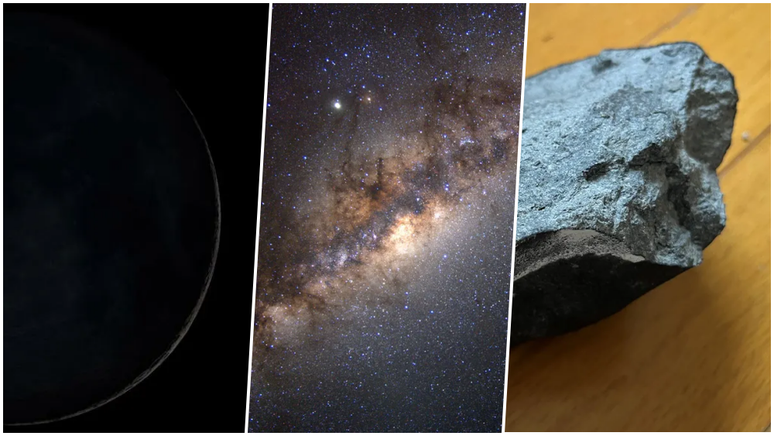

![New Day: Tarek and Tera Suspected Louise … Who Waiting You, on August 29, 2025 in the 45th Episode of Friday [SPOILERS] New Day: Tarek and Tera Suspected Louise … Who Waiting You, on August 29, 2025 in the 45th Episode of Friday [SPOILERS]](https://fr.web.img5.acsta.net/img/5a/82/5a8221afb0a9028b9c8d4ae3d631d41b.jpg)



